Horses have been galloping around the track at the New Orleans Fairgrounds for the past 150 years. The Fairgrounds, which opened in 1872, is the third oldest racetrack in the United States.
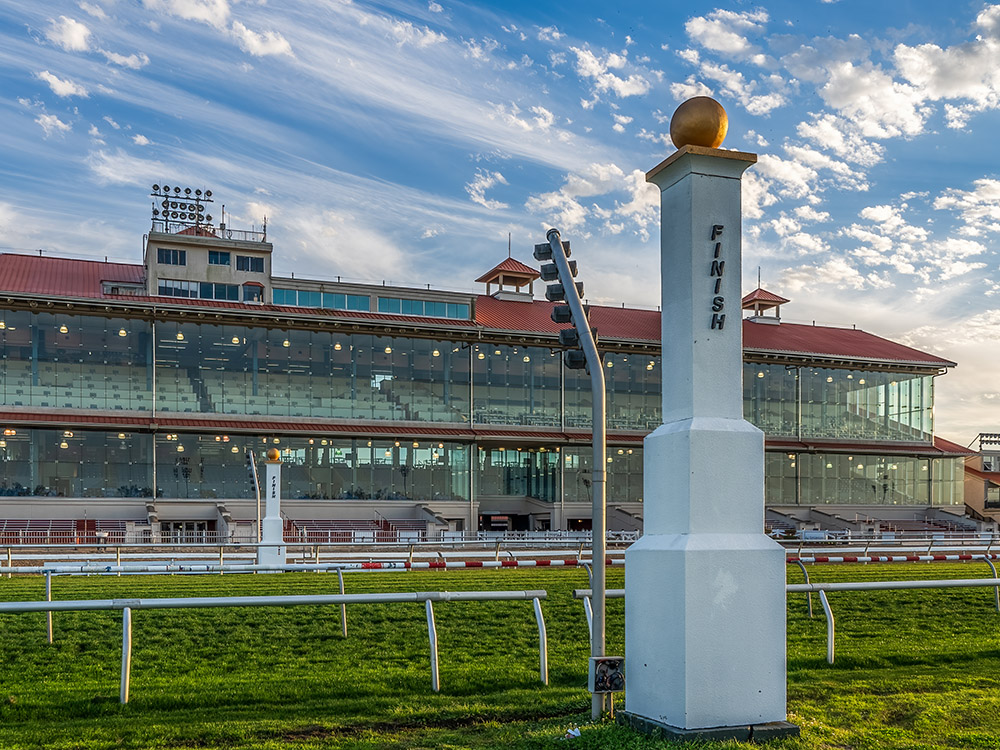
The annual racing season traditionally opens Thanksgiving day and continues through the winter months into early Spring. The season ends in late March with the Louisiana Derby, which dates back to 1894. It is one of the Road to the Kentucky Derby prep races. As soon as the racing season ends, the Fairgrounds is transformed into the home of the annual New Orleans Jazz and Heritage Festival.
new orleans fairgrounds showcases louisiana horse culture
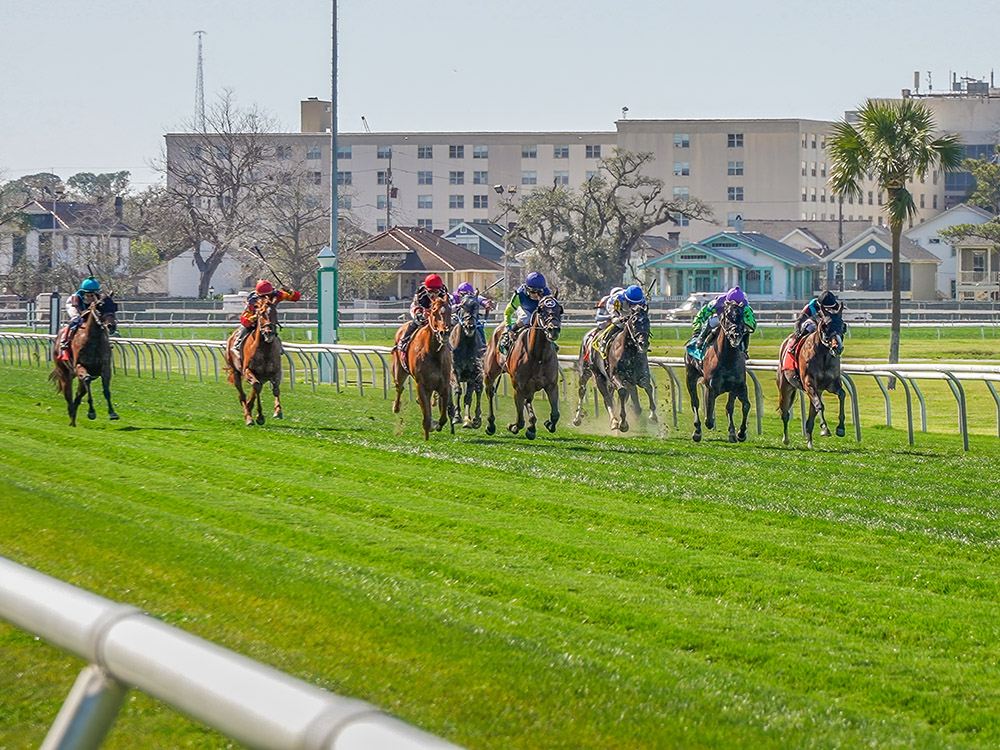
Director of Racing Jason Boulet attributes the Fairgrounds longevity to Louisiana’s culture of racing. “It goes back to the bush track and the match race tracks of the southwest area which I grew up around,” explained Boulet. “People matching their horses in the backyard on Sunday afternoons, with jockeys not having any age requirements.” A significant number of successful jockeys came from Cajun southwest Louisiana, including Kentucky Derby winners.
history buried at the New orleans fairgrounds
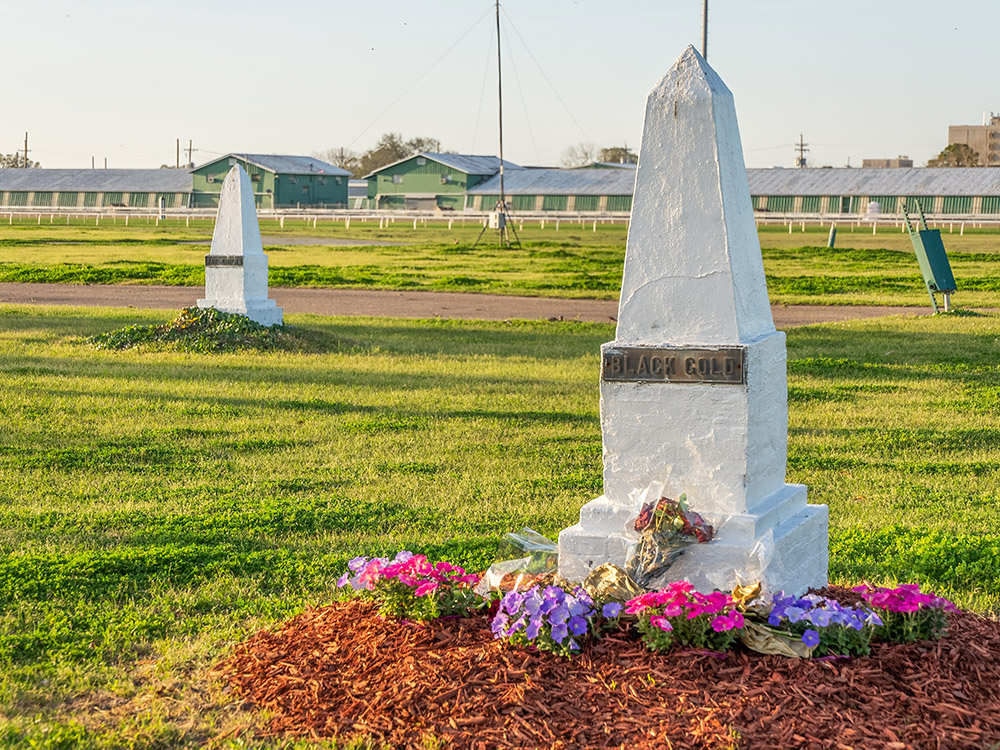
Visitors to the Fairgrounds may notice three white markers standing in the grassy infield of the race course. They mark the final resting place of three of the most popular horses that ran at the New Orleans track. Black Gold, a Kentucky Derby winner, Pan Zareta, with some of the most wins in racing history, and Notorious, another local favorite, are buried here. Long-time Fairgrounds Line Maker Mike Diliberto tells me about a couple of other famous characters associated with the track. “Frank James, Jesse James’ brother, was a betting commissioner here after the outlaw days,” said Diliberto. He adds, “And General George Armstrong Custer had a string of horses that he trained here.”
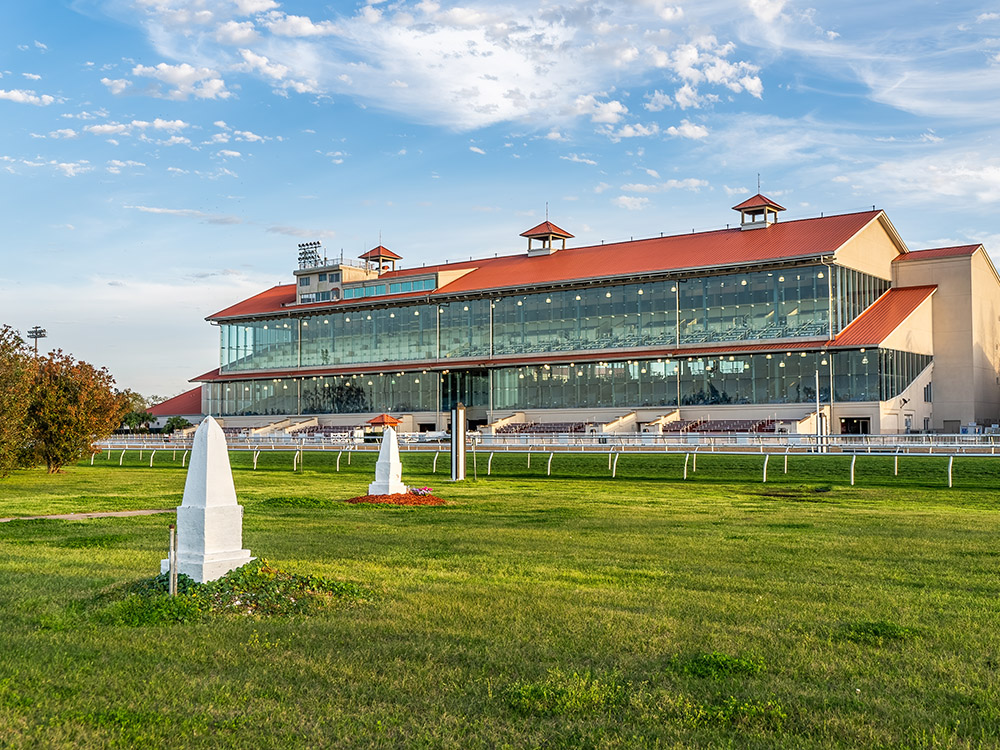
how does he do that?
As I watched the afternoon’s races, I couldn’t help but notice the fast talking race announcer. Peering through binoculars out of a high window, John Dooley is able to sprint his way through the names of horses and their positions as they head toward the finish line.
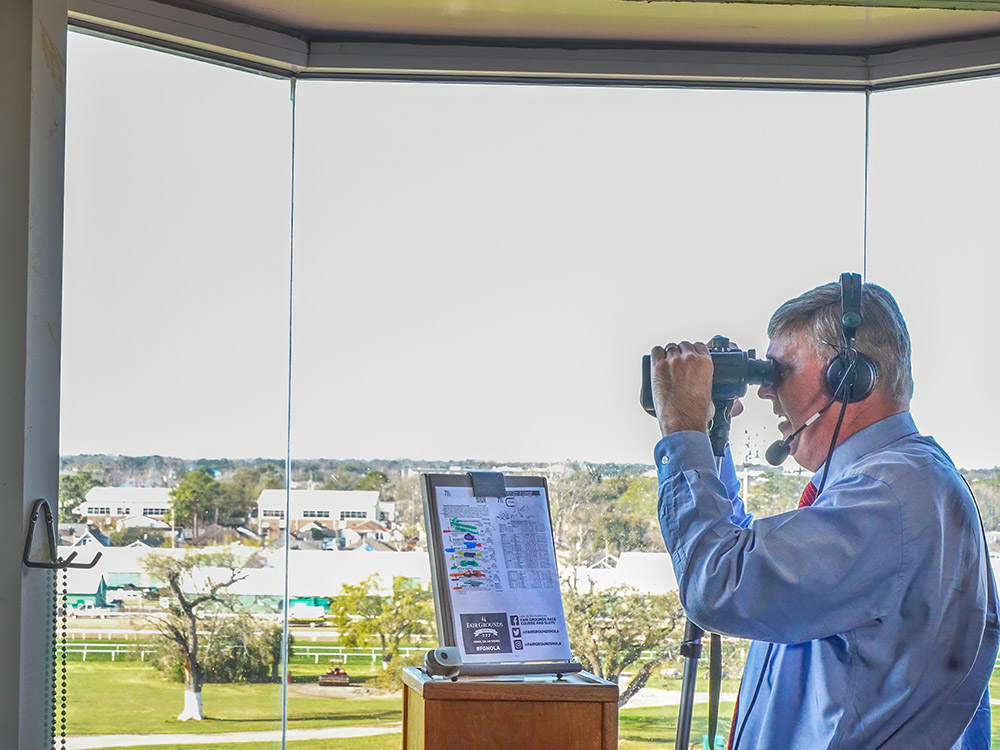
“I’m totally going off the owner’s silk,” explained Dooley. I listen as he practices saying the horses’ names for the upcoming race. He uses markers to color code the names on his race program. “you associate the name of the horse with the color of the silks the jockey’s wearing for that given owner,” said Dooley. “Sometimes you have as little as three minutes to memorize up to 12 or 14 names.”
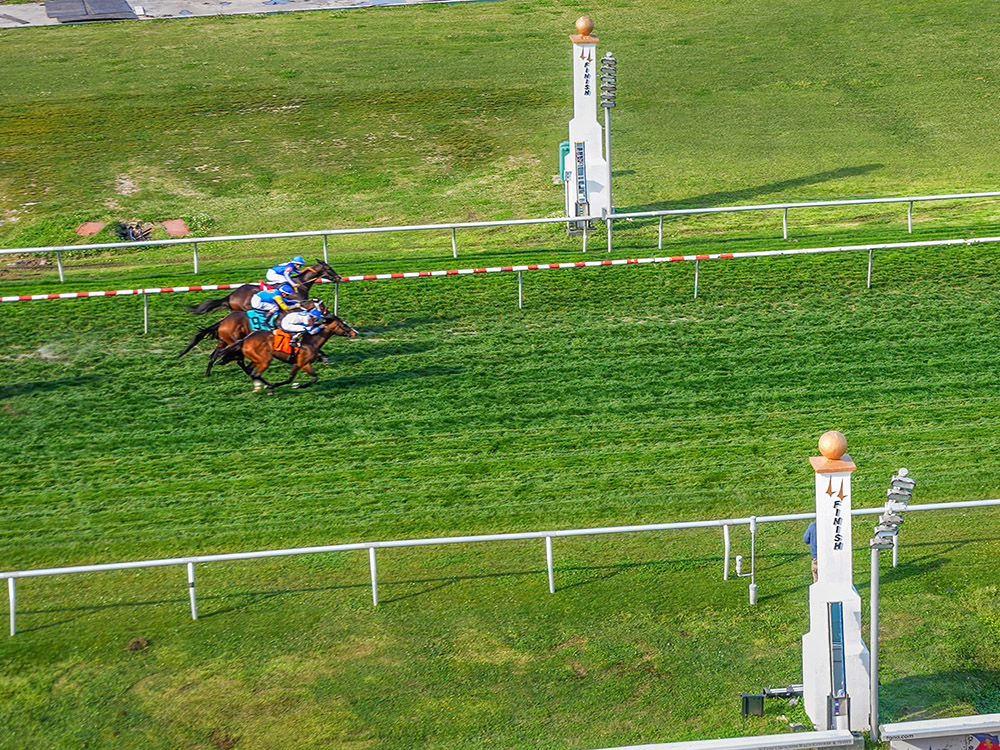
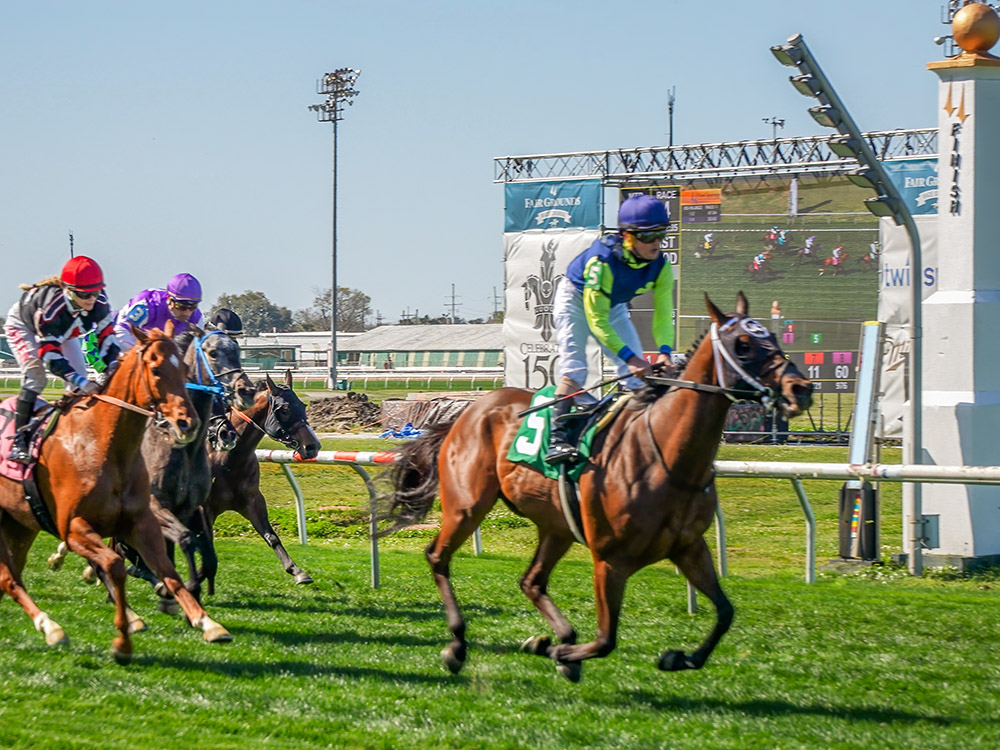
He makes the betting line for the races
Line Maker Mike Diliberto picks the favorites and sets the line for each race. He’s been setting the betting odds at the New Orleans Fairgrounds since 1990. “The favorites win probably 33 to 34 percent of the time,” Deliberto said. He explained that he looks at the horses’ trainers and the top jockeys in a race. “If you’ve got one of the top ten trainers training the horse, the odds are they really spot their horses well.” And he says the top half-dozen jockeys usually win in the bulk of the races.
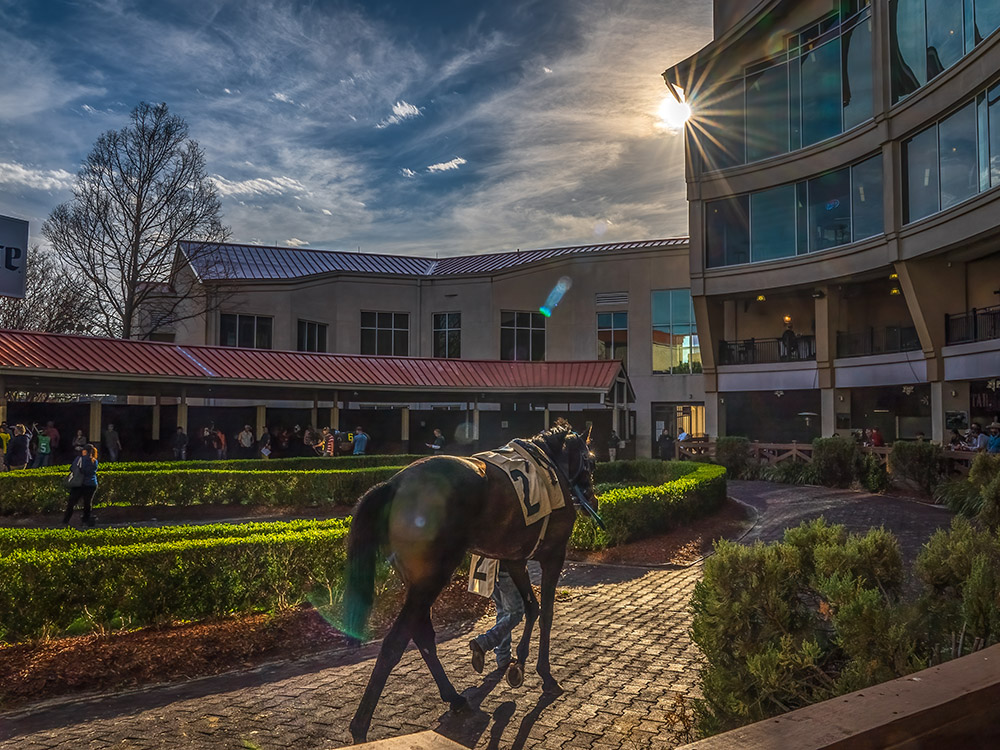
TV feature on the new orleans fairgrounds
getting there
The Fairgrounds is located at 1751 Gentilly Blvd. in New Orleans. Phone: (504) 944-5515.
1751 Gentilly Blvd, New Orleans, LA 70119

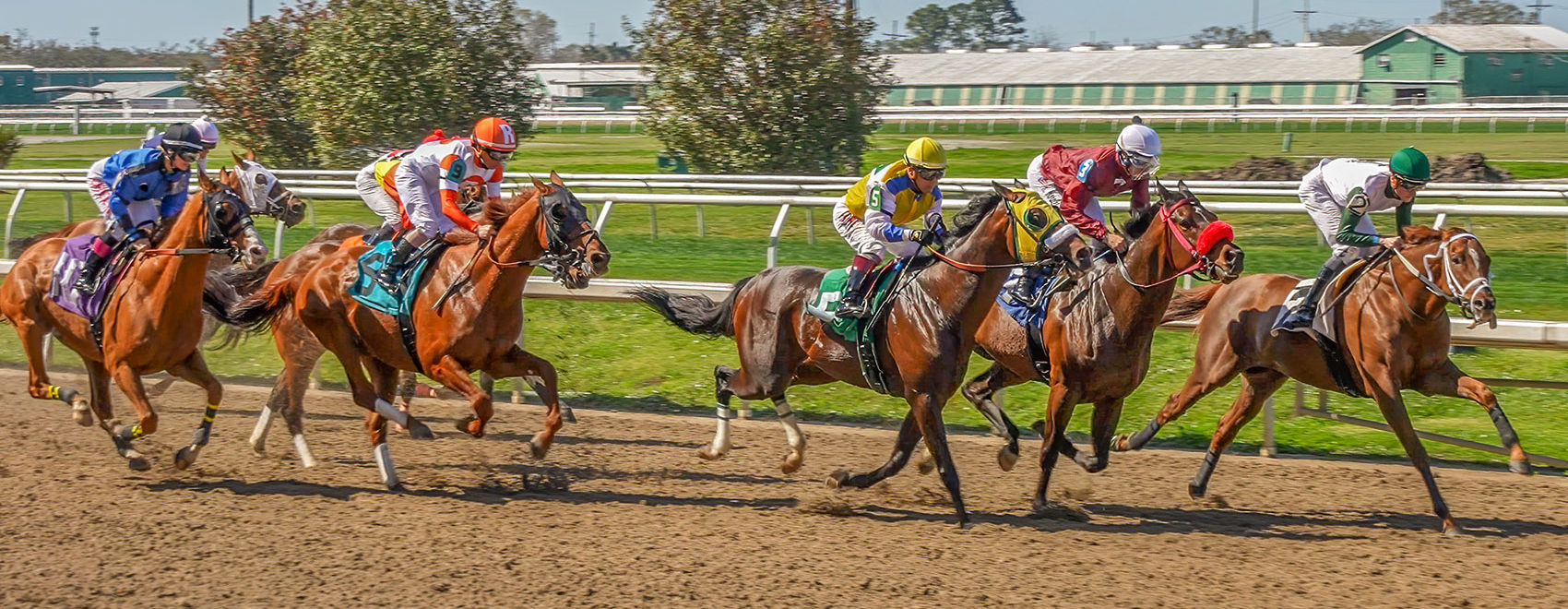
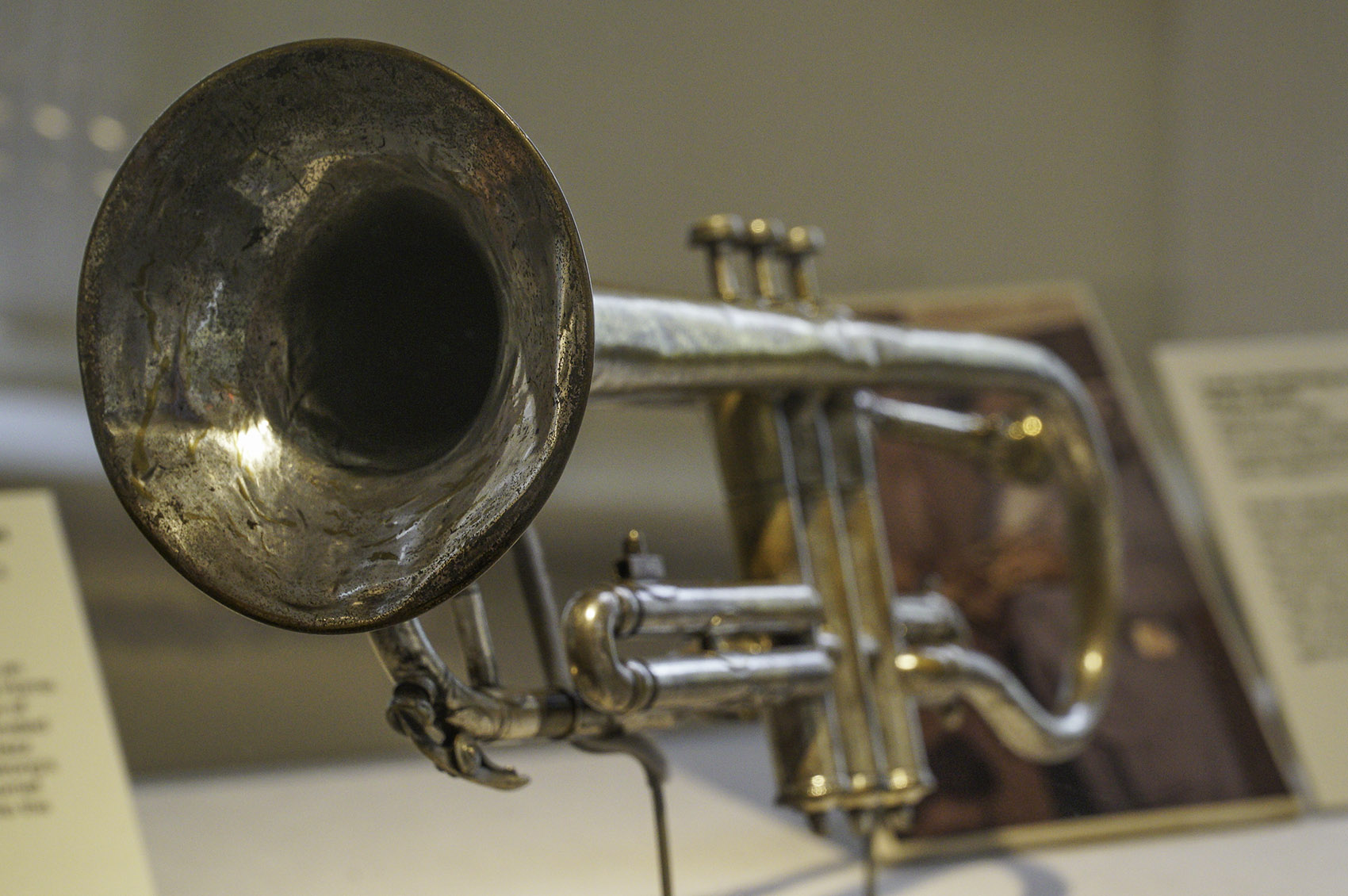
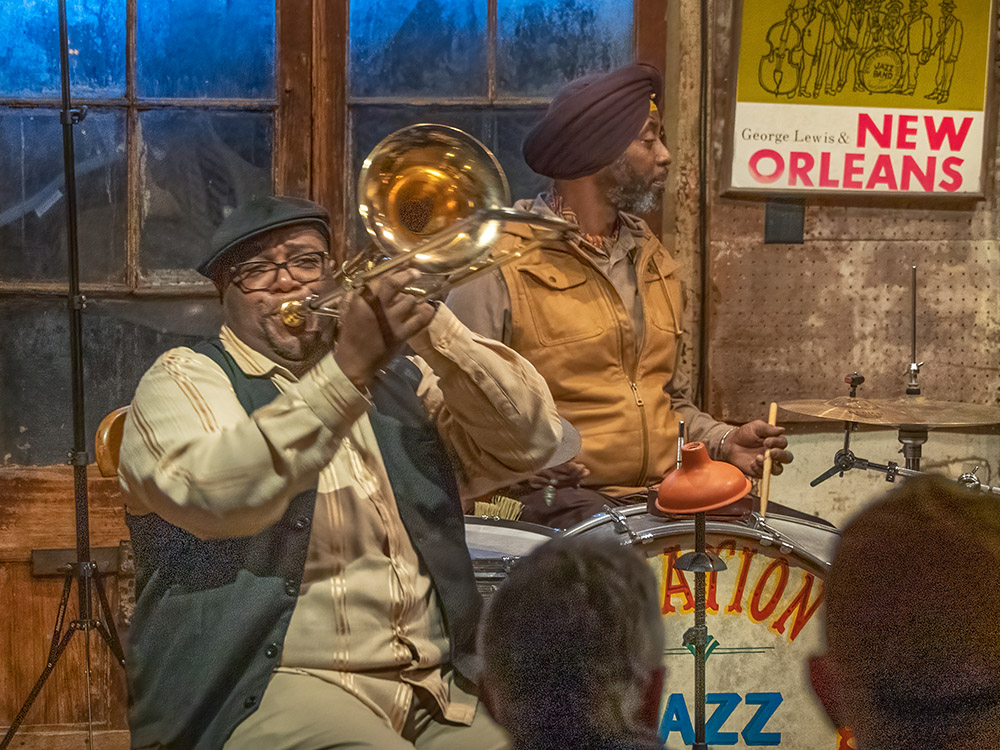
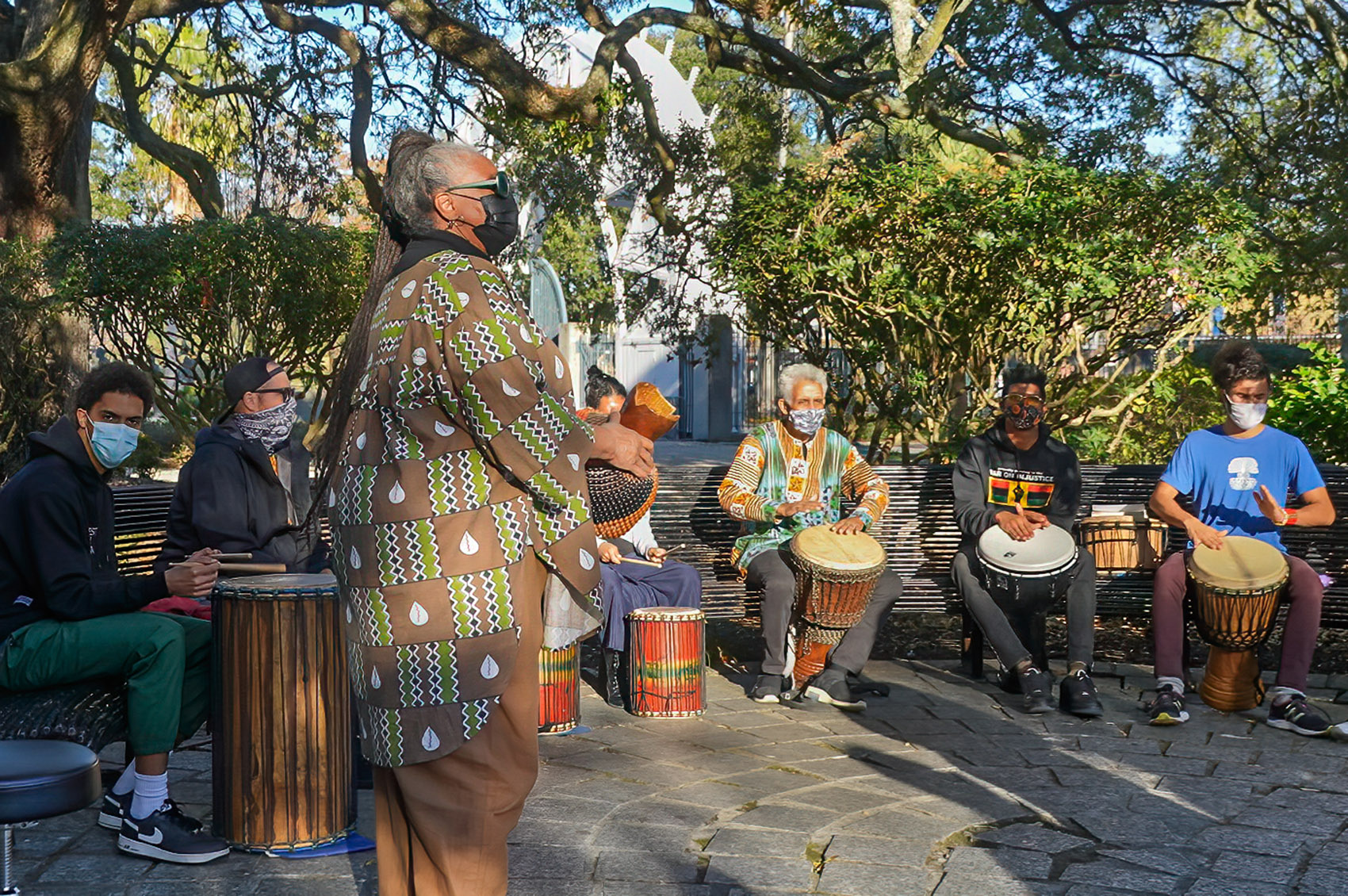
Joey Broussard
There was a fourth horse buried in the infield of the Fair Grounds, Tudor Tambourine. He won the ‘77 New Orleans Handicap and sadly broke down in the ‘78 New Orleans Handicap and had to be euthanized. Ruth Fertel owned 1/3 of Tudor Tambourine, and she was a friend of the owner of the racetrack at the time and asked if Tudor Tambourine could be buried in the infield. The owner allowed it. I know this, because my father, J.E. “Spanky” Broussard trained Tudor Tambourine, and I watched Tudor be buried there.
Dave McNamara
Thank you Joey for the additional information!
Adam Nocentelli
Is Tudor still buried there? Kinda weird they didn’t mention it. Did they forget, or just not know?
Dave McNamara
No one at the track mentioned it, so didn’t know about Tudor. Appreciate the additional info!
Brenda Du Faur
Thank you Joey Broussard for such an interesting comment. I wrote it down in my horse diary. What a tragedy Tudor Tambourine died but I am so happy to learn about him and your comment honors him. I know that “Spanky” Broussard is an extremely well known trainer on the race track. Thanks so much for adding to the horse racing historical record. It is all fascinating to me and I try to learn as much as I can about old New Orleans horse racing.